My fool-proof recipe for easy, delicious, and moist butter cake. The very first cake I learned to make. And out of all the cakes, I’ve eaten this butter cake still remains in number one place.
Butter cake is very popular in Sri Lanka as a tea time sweet. And it’s an essential in Sri Lankan new year food table nowadays. The very first time I made this cake is also for a new year celebration. I was very young and we didn’t even have an oven. I remember beating sugar and butter with a wooden spoon taking turns with someone else. And sometimes sugar doesn’t dissolve very well so we end up having a syrupy wet bottom. Oh but we still loved it. On the positive side, I learned a lot through the mistakes.
The classic version of butter cake has a set weight ratio of 1 sugar: 1 butter: 1 flour :1 eggs. This means if you use 250g of butter you’re going to use the same amount of sugar, flour, and eggs by weight.
The cake recipe you see here is my adapted version of the classic butter cake. True and tested many times. I add a bit more sugar than the classic recipe. I also add an extra egg yolk and milk for moisture and flavor. To get the best flavors out you need that extra bit of sugar.
Some important tips (must read):
- Butter has to be at room temperature or around 65F. It doesn’t have to come to the exact room temperature. But it shouldn’t be colder. When you press the butter with a finger and it leaves an indent then your butter is ready to use. If you wait until the butter is too soft, you’d have a hard time creaming your butter and sugar to a fluffy texture.
- The geometric shape of the sugar granules helps to whip the butter to make a soft fluffy cream/mixture. I use a bit more sugar than the classic recipe as we serve it plain without any frosting. And this extra bit of sugar complements the extra fat I add to the recipe via milk and egg yolk.
- The eggs have to be at room temperature. The proteins in the egg whites make the structure of the cake and fats in the yolk adds flavor and moisture. If you add cold eggs to the room temperature sugar and butter cool down and become lumpy again. These lumps make large holes in the cake when it bakes. You can plan and leave the eggs out on the counter until they come to room temperature. Or put them into a bowl of warm water and leave for about 30mins.
- Make sure not to use your beater when you add flour to the batter. Beating activates the gluten in your flour and makes the cake dry and chewy. Use a spatula to fold the batter. Do not over mix.
- Sift your baking powder, salt, and flour together. It helps to remove all the lumps. And it also distributes baking powder evenly throughout the cake and helps to make an even crumb structure.
- Preheat your oven for at least 20mins before you bake your cake even your oven indicates that it has heated. Most of the time takes more time than your oven indicates to heat up all the elements and air to the required temperature.
- Not all the ovens are properly calibrated. Some ovens overheat and some ovens underheat. Use an oven thermometer to determine if your oven heats up correctly. For example, when I set my oven to 350F it always heats up to 375F. I use an oven thermometer to find out the correct temperature. (Read this article I found that would explain it better)
- If your oven is overheated your cake can crack in the middle. Same way if your oven is under-heated or if you opened the door before it’s done (at least in the first 20 – 25 mins) the middle of the cake can sink.
- Make sure to take the cake out from the pan when it’s baked. Otherwise, the cake would dry out from the heat. Wait until it cools down to cut and serve.
If you love moist baked goodies, check out my banana bread recipe too.
If you love this easy moist butter cake recipe or if you have any questions please leave me feedback in the comment section below. I love to hear from you.
Here are the products and equipment I use (affiliated links):
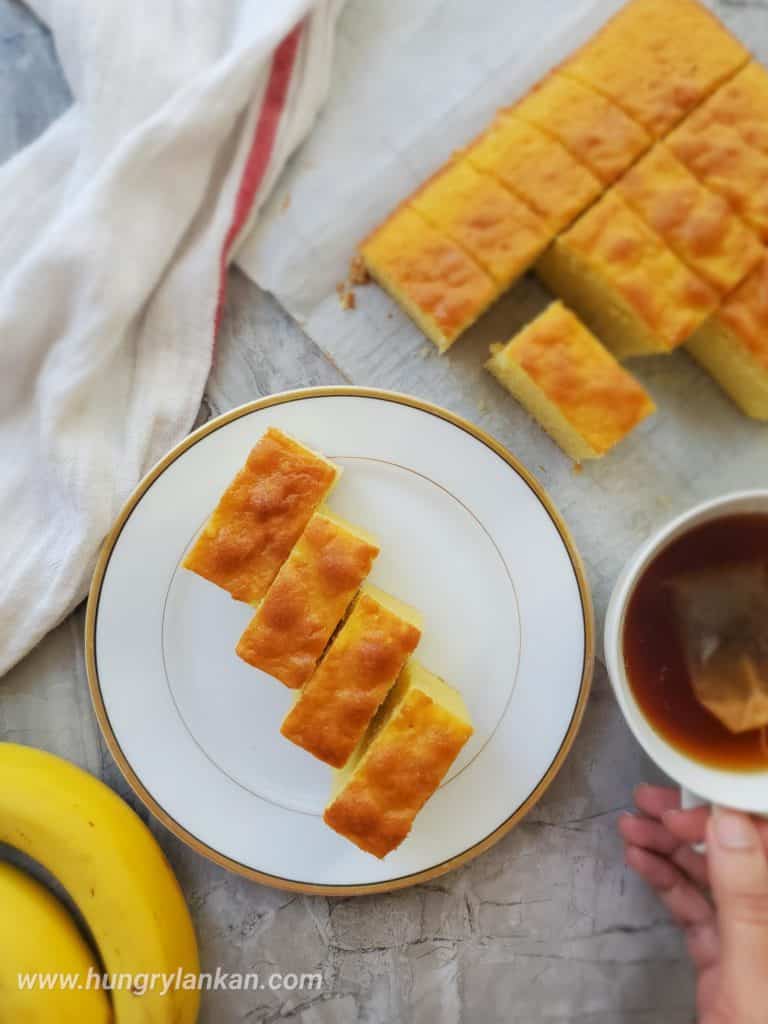
Easy Moist Butter Cake
Description
My fool-proof recipe for easy, delicious, and moist butter cake. The very first cake I learned to make. And out of all the cakes, I've eaten this butter cake still remains in number one place.
Ingredients
To coat the cake pan
for the cake batter
Instructions
Get the ingredients ready
-
Take your butter and eggs from the fridge and let them come to room temperature. (read the description to find out why) Do not let the butter melt. When you press the butter with your finger it should leave a dent but shouldn’t become oily.
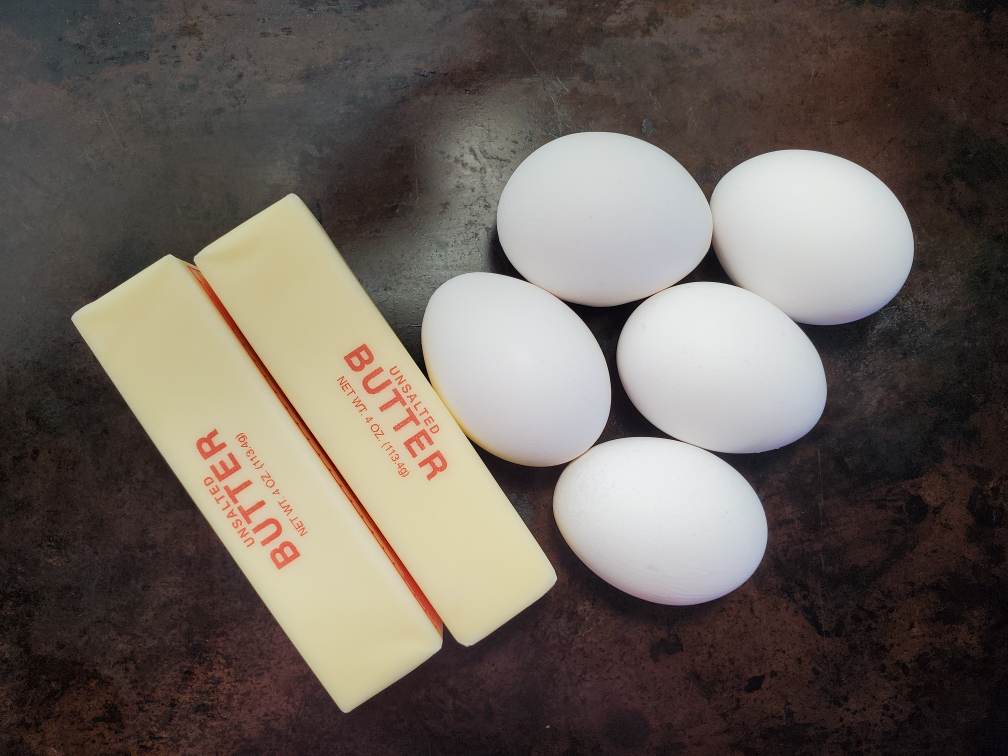
-
Sift flour, baking powder, and salt into a bowl. Keep it aside. Also, make sure to turn on the oven to preheat to 350F/177 C.
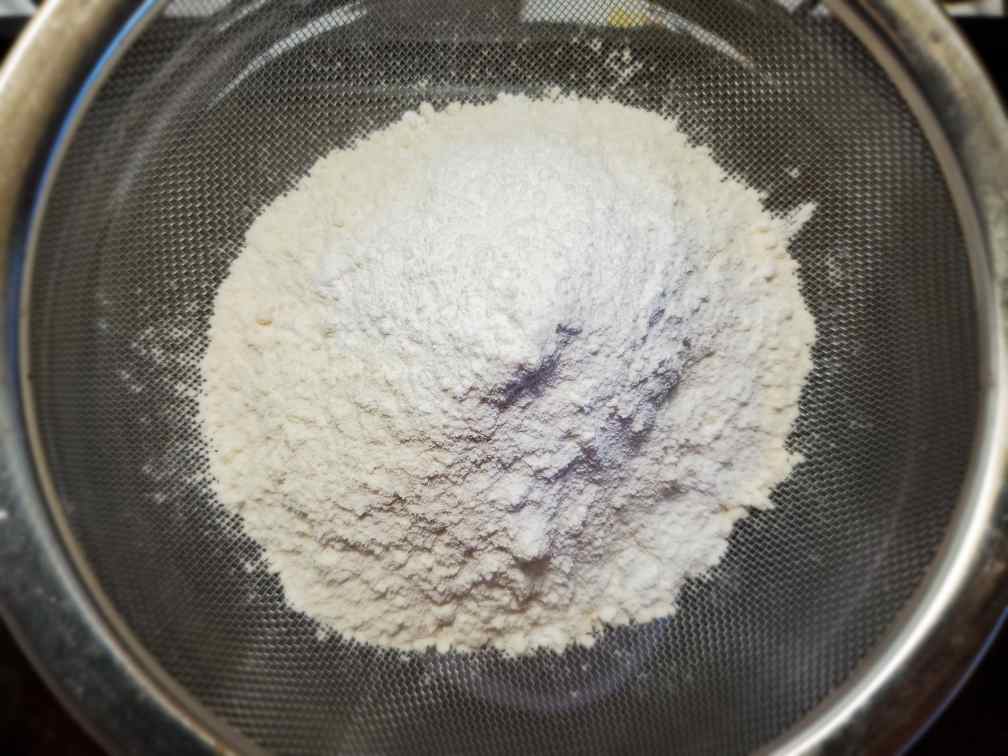
-
Break one egg and keep only the egg yolk. (You need 4 whole eggs and 1 egg yolk in this recipe)
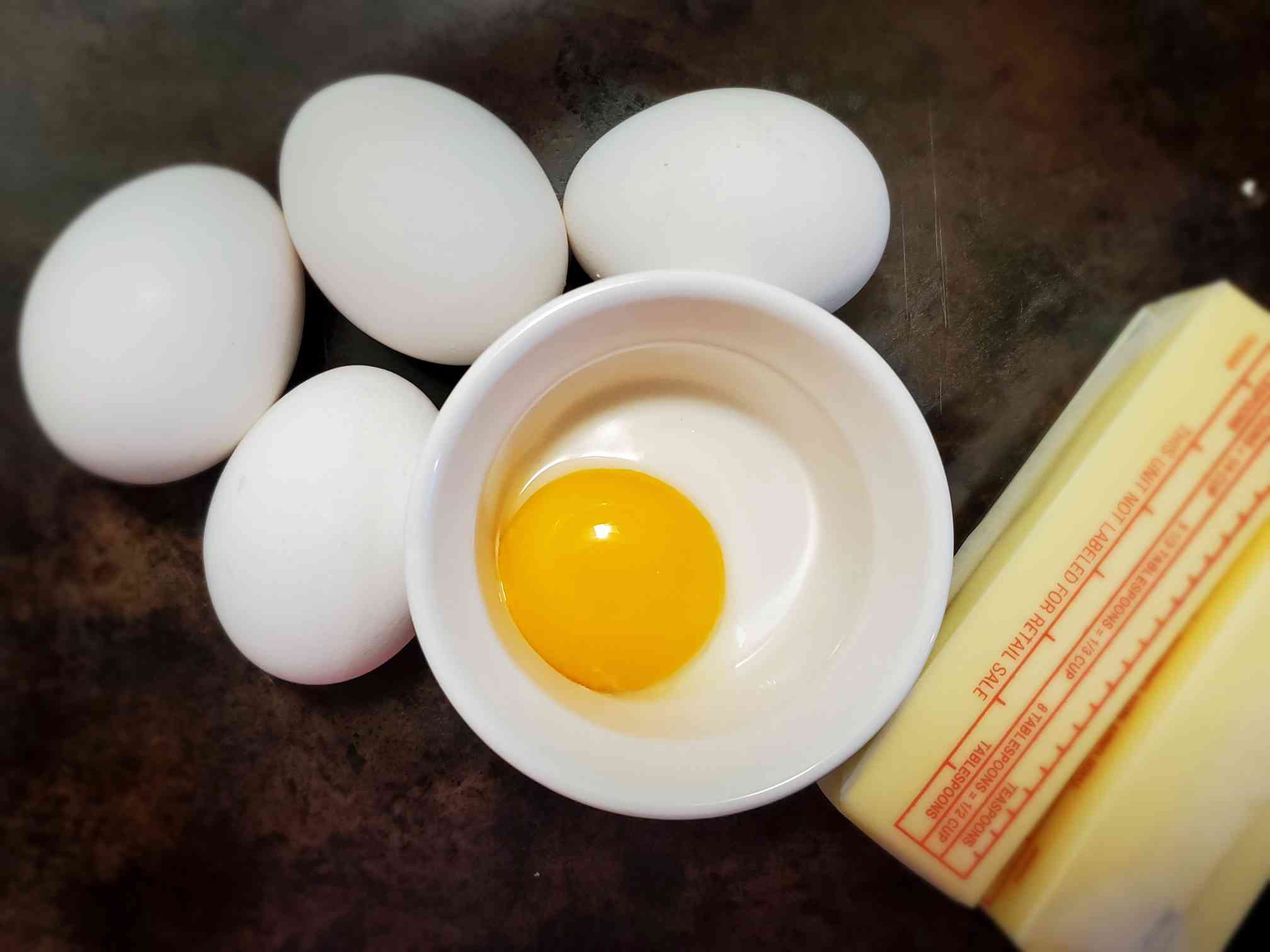
Make the batter
-
Into the mixer bowl add your room temperature butter (cut into large cubes so that it’s easier to mix) and sugar. Beat/whip on medium-high speed until sugar dissolves. Make sure to scrape the bowl a few times using a spatula to make sure everything combines really well.
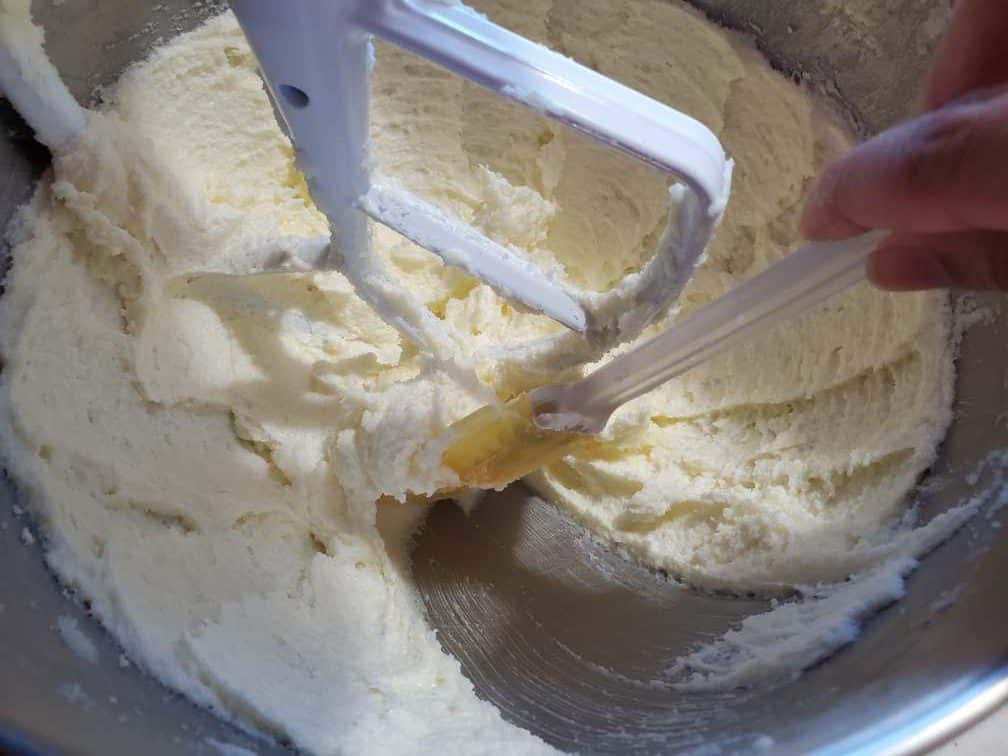
-
When the butter and sugar whipped really well it should turn white in color and should become fluffy. (check out the photo attached). Feel the butter between two fingers to test if the sugar has dissolved. It’s okay to have a few sugar grains left but you shouldn’t feel it too grainy.
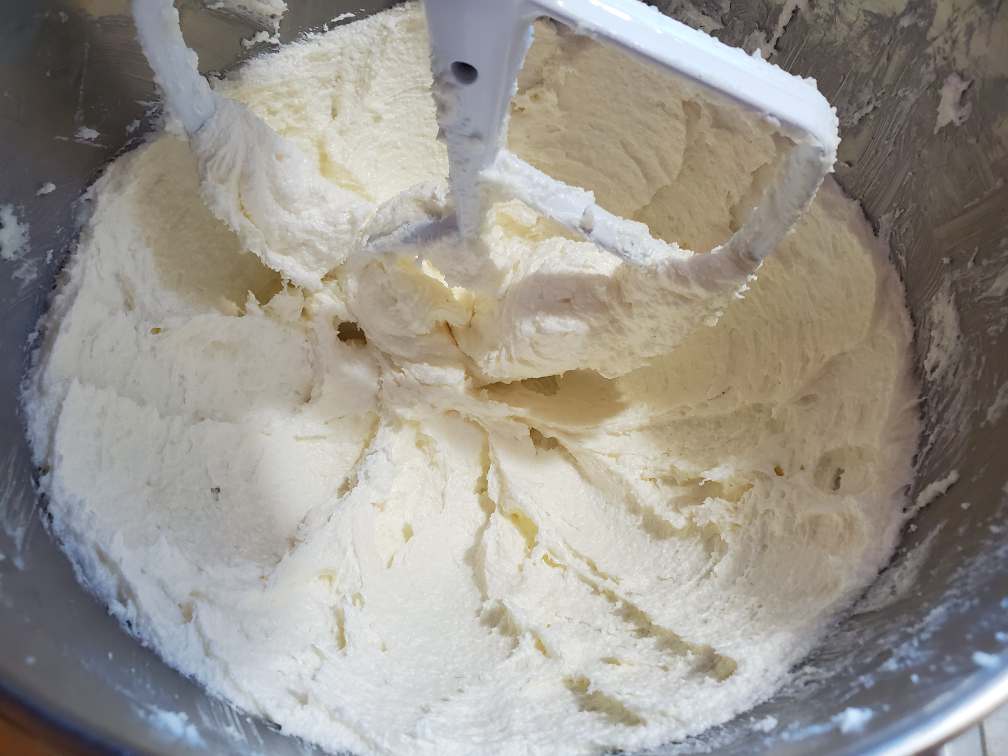
-
Next, crack one egg at a time into a separate bowl.
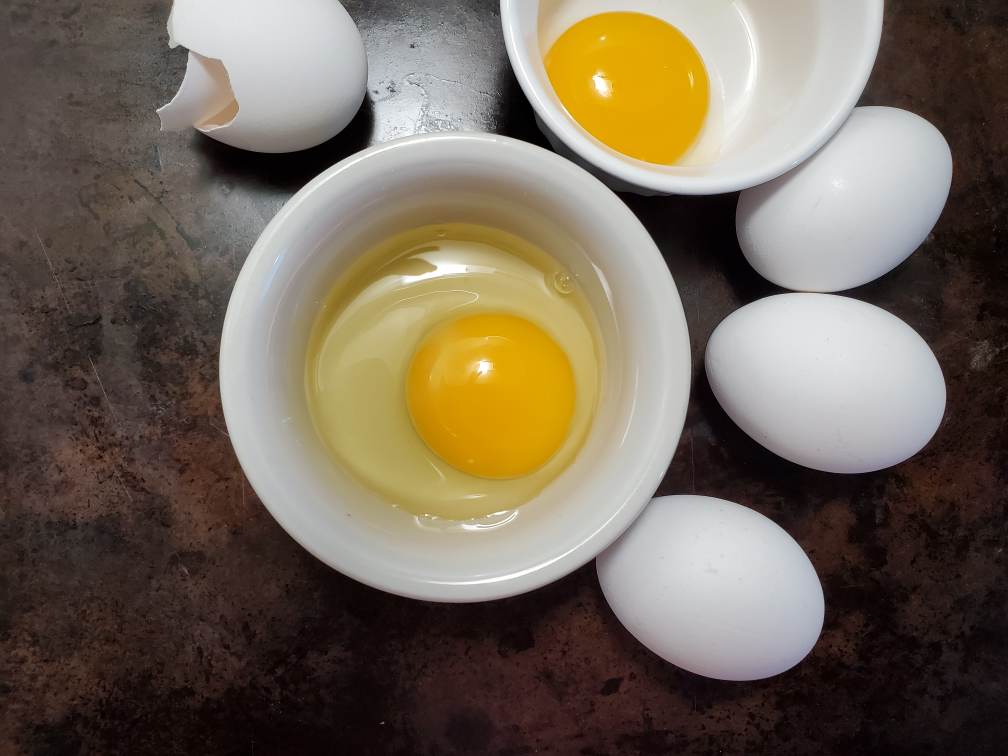
-
Add one egg to the butter-sugar mixture and mix until the yellow color of the egg yolk disappears. And then add the next egg add mix the same way. Repeat this process to all the whole eggs and the egg yolk.
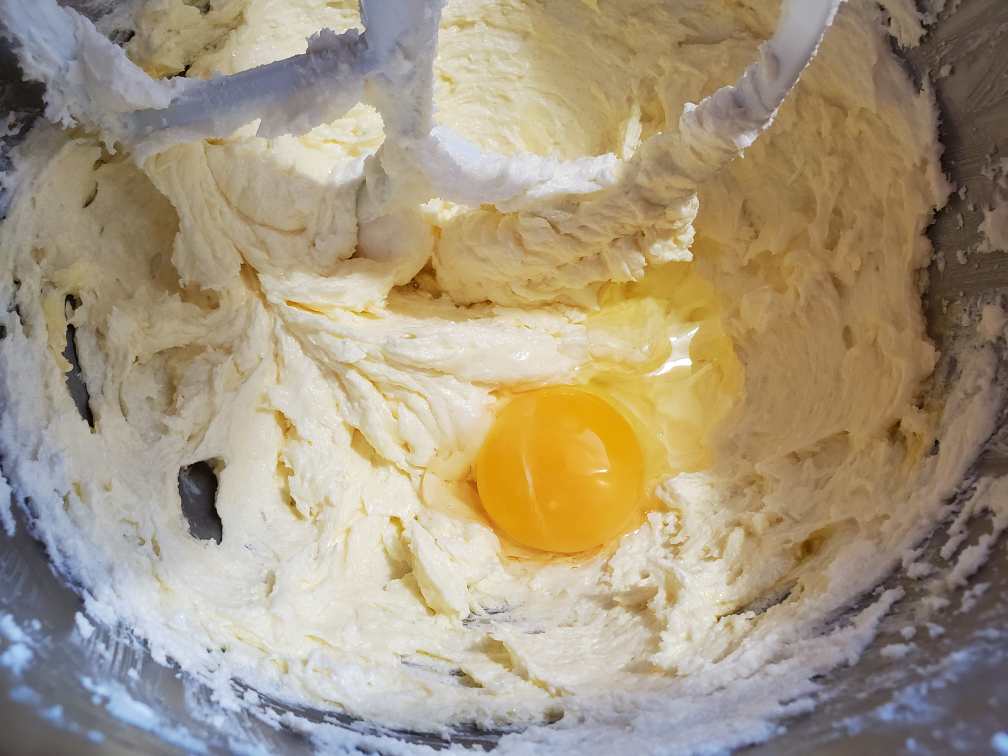
-
Then add your vanilla extract/essence and beat until it combines.
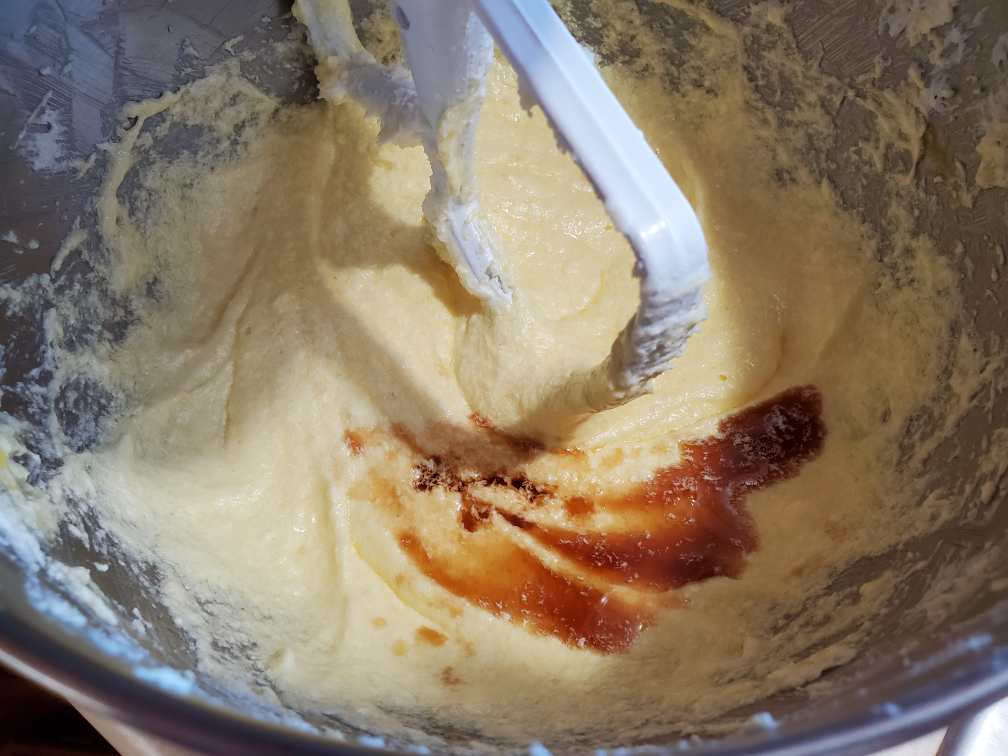
-
Now take the bowl out if you’re using a stand mixer. And add your milk and flour alternatively. and fold them with the batter using a spatula. (add half of your milk, fold it with batter, add half of your flour, fold it, then add the other half of your milk, fold and finally the rest of the flour and fold) Do not beat the mixture after you add your flour.(read the recipe description to find out why) Batter should be lump-free
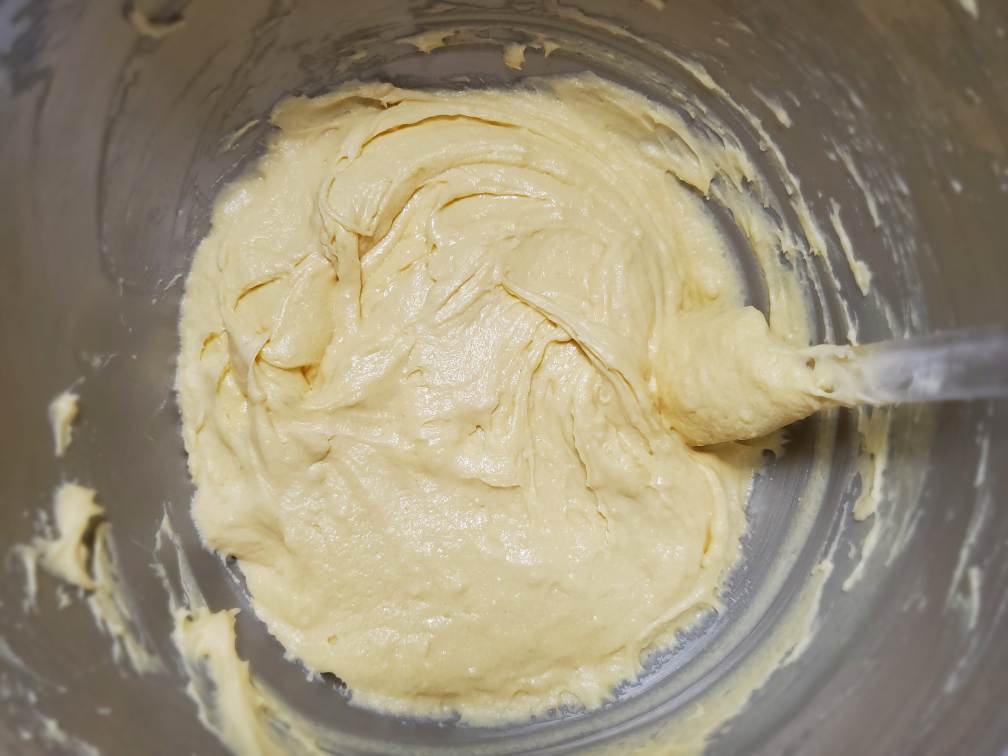
Get the pan ready and bake
-
Take an 8 * 8-inch square cake pan. Apply butter generously.
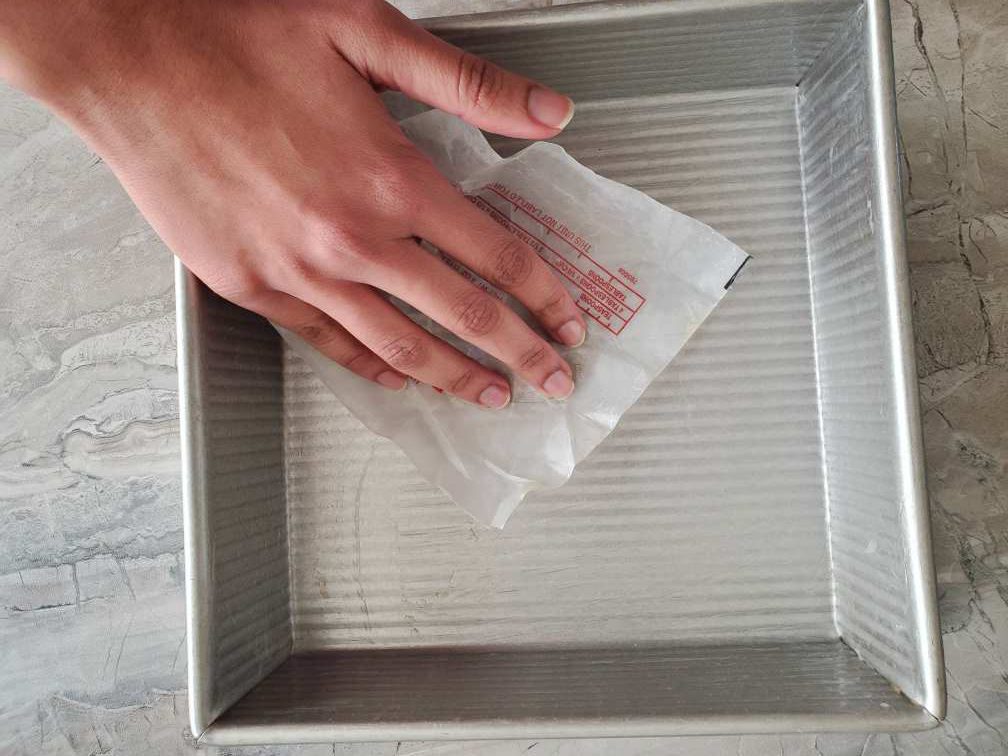
-
Cover the pan with a long rectangular parchment paper. Leave the two side flaps of the parchment paper. It helps to lift up the cake when it’s done. Apply butter again and on top of the parchment paper. Optional: Flour the pan very lightly.
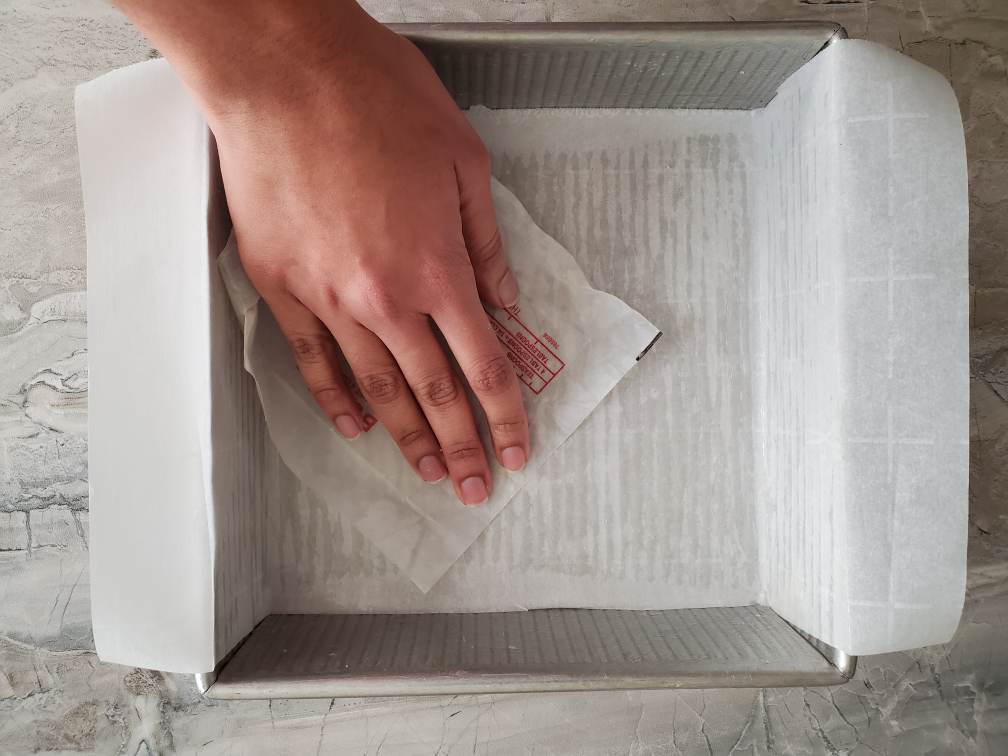
-
Then add the cake batter to the pan. Spread it evenly.
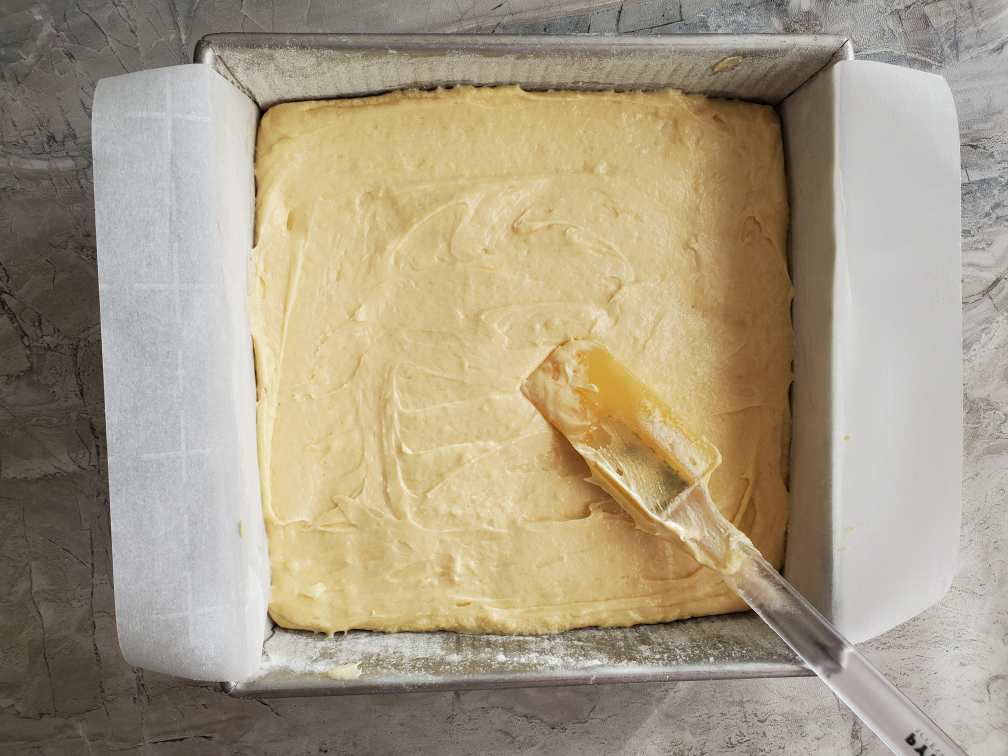
-
Tap the pan on the counter a few times to get rid of the bubbles in the batter.
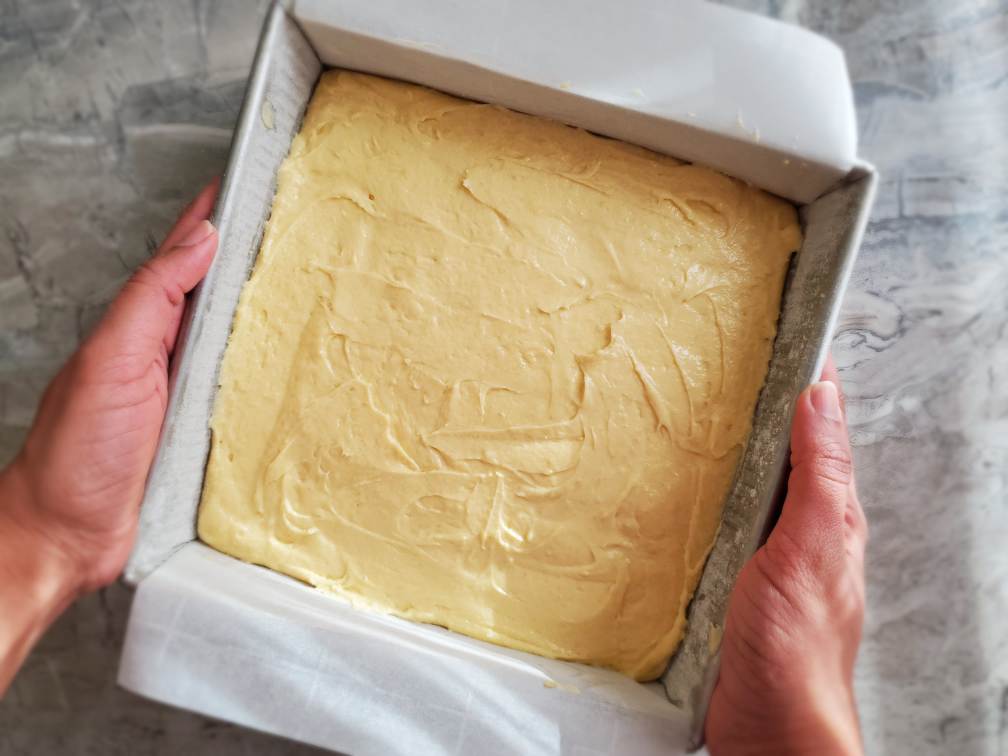
-
Bake for 30 - 40 minutes. Do not open the oven door from time to time. Take the cake out in 30mins, Insert a toothpick to see the doneness. If the toothpick comes out clean, the cake is done. If not, bake it for a few more minutes. When the cake is baked, take it out from the pan and leave it to cool on a cooling rack. Do not leave it in the pan, the cake would dry out.
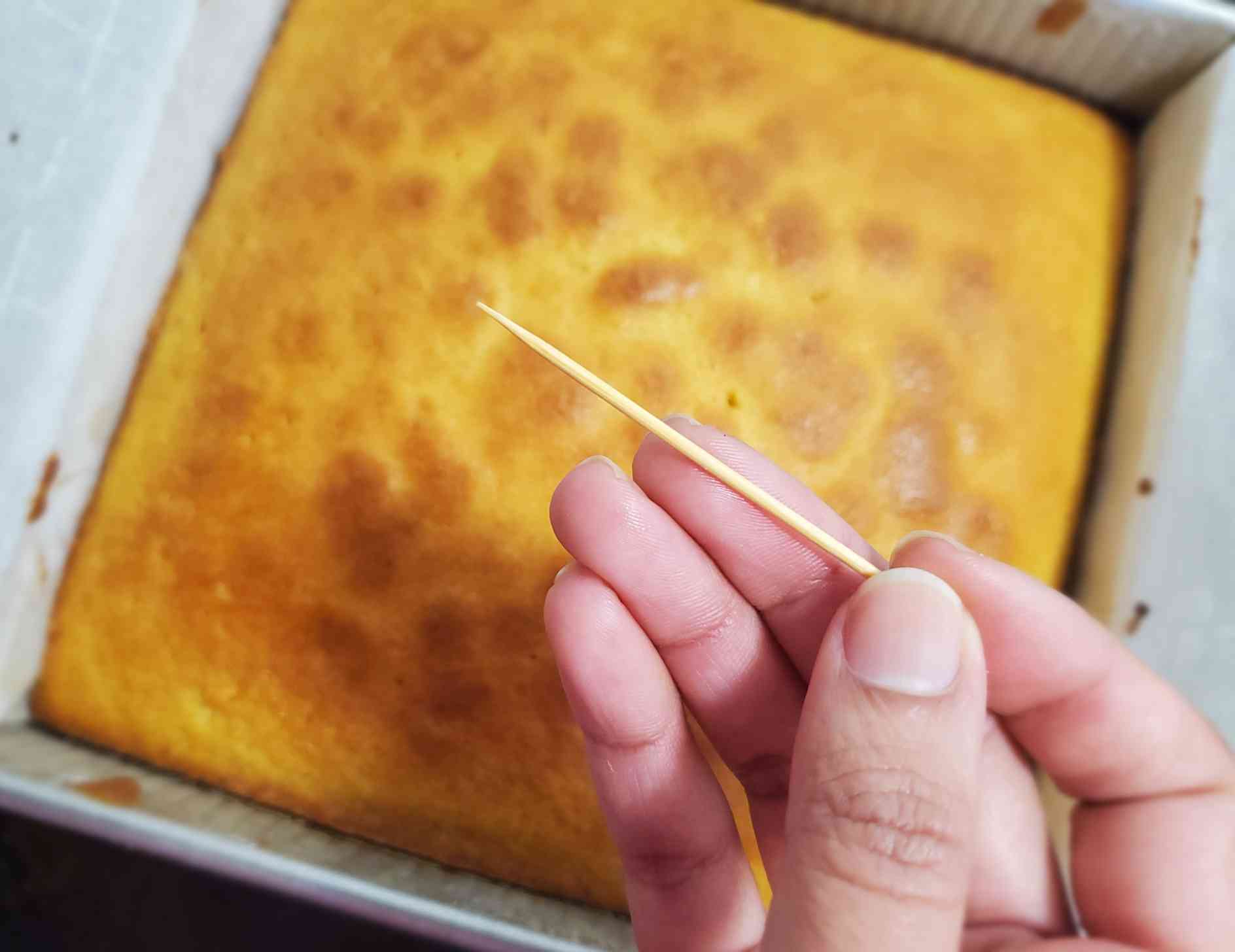


Leave a Comment